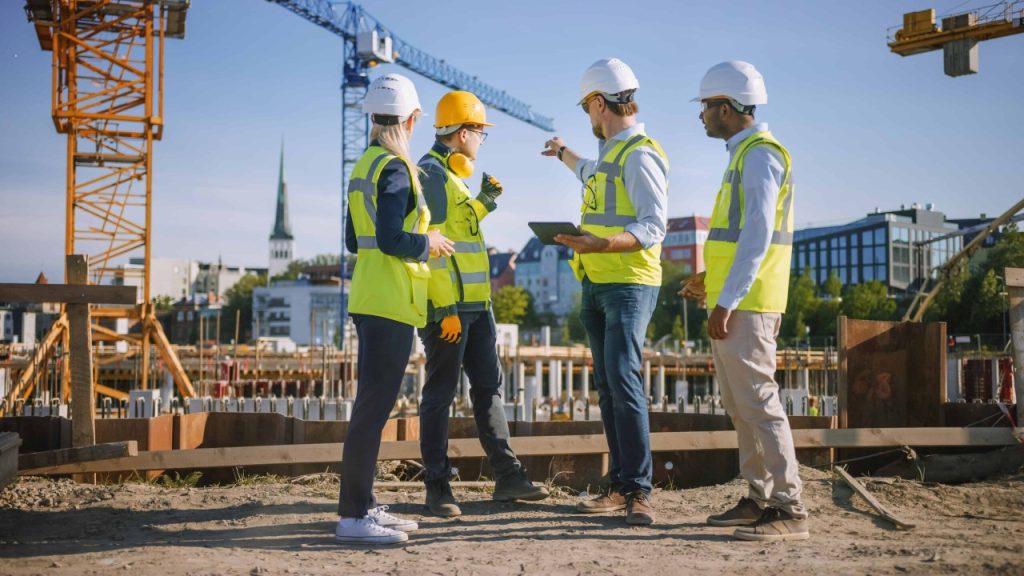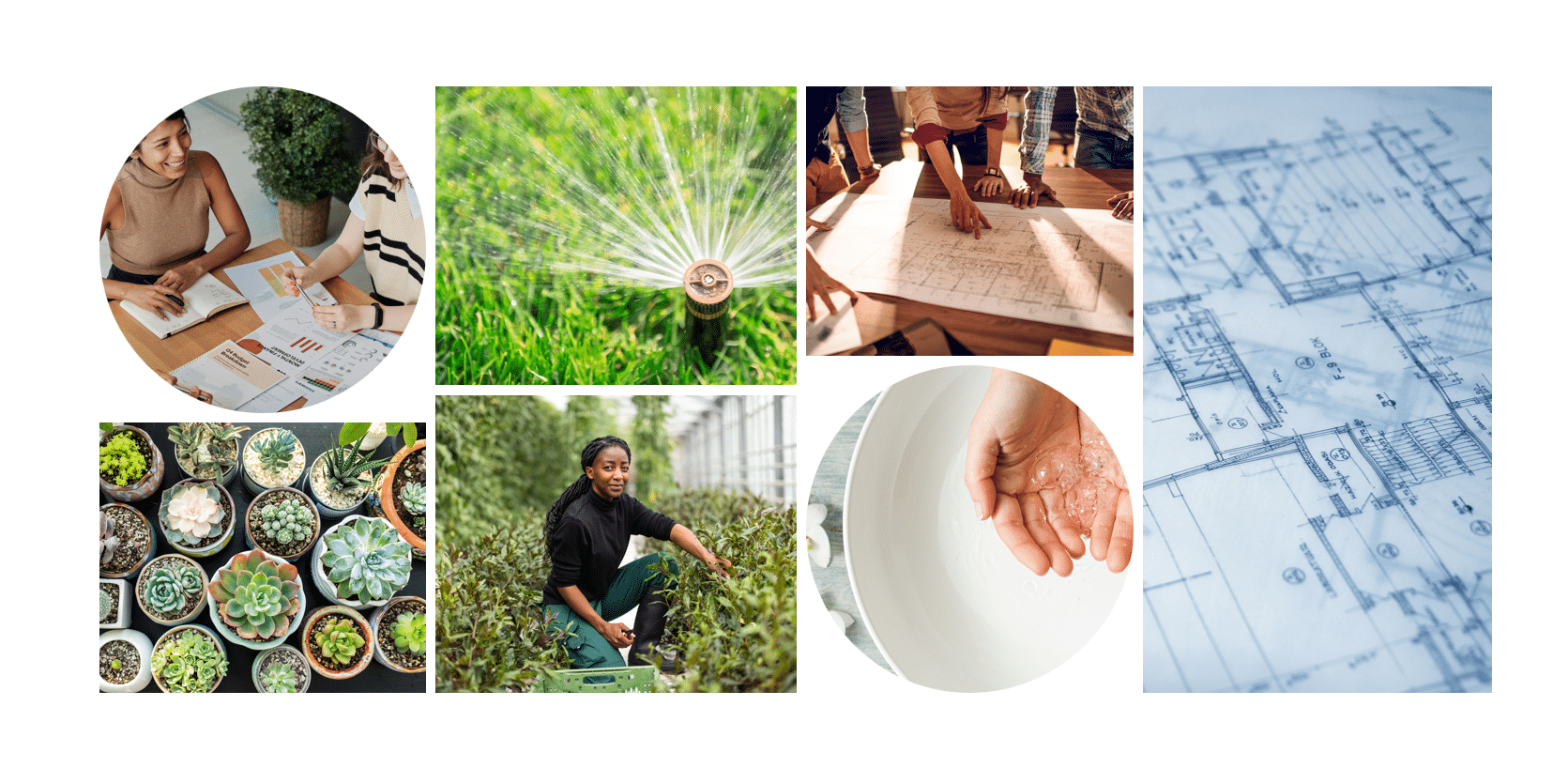Please Note: We have listed this article course as a flipbook on this page .It is for those interested in auditing the course/lesson. Please enroll in the course or get a Platinum membership and access all our courses at your leisure. This way you can report this course for Continuing Education (CE) or need a certificate. Enrolled students must take and pass the short quiz in order to earn CE credits. In addition, this course needs to be self-reported. Self-reporting information will be accessible once you complete the Quiz.
Even the ideal design for an environmentally sustainable building is only as good as the construction, turning plans into a real-world structure and contributing to carbon reduction goals. Ideally, contractors collaborate with other professionals during the design phase and provide important real-world input concerning factors like the selection of innovative suppliers, innovative low-carbon producing materials, opportunities for waste reduction, and more.
What you will learn
- Explain how contractors collaborate with building designer architects and engineers to ensure sustainable design elements are implemented during construction
- Review how contractors can use BIM to reduce waste and ensure efficient use of resources
- Describe various construction activities the contractor can implement to reduce carbon emissions
- Explore innovative waste management options, including using 3D printing for materials
- Describe the role of commissioning in promoting sustainable building and how it supports achieving building certification
- Present brief examples of successful construction projects with a focus on sustainability









